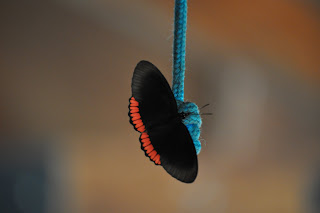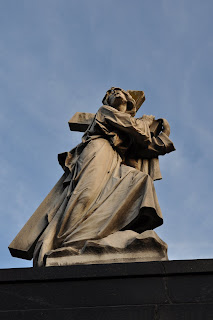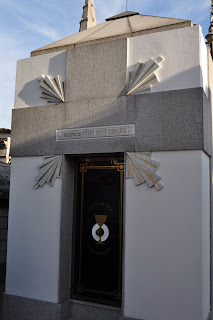For those of you that have followed my blog in the past, you know that I always begin my travel blog with a comment about the bathrooms. For those of you that have not seen my blogs before, consider yourself warned. I have to deliver what is expected of me!
I fully expected my French bathroom blog to feature different styles of bidets and maybe even offer a few historical facts about these French fixtures. The truth...I have not seen one! I have been to multiple hotels and restaurants, but have yet to see the iconic bidet in these French establishments. Maybe the bidet is reserved for the home. But I have to say, France, I am a little disappointed...I saw more bidets in Argentina!
France did, however, pull through in presenting me with my first "squatty-potty"...an experience I won't soon forget. (Actually, through my wiki research, I found that they are more formally called squat toilets other possible names include: Arabic, Japanese, Korean, Iranian, Indian, Pakistani, Turkish or Natural-Position toilet.) Now this particular squatty-potty was in a bar. This made the experience even more special. It was the only toilet in the bar and I'm pretty sure the design of these toilets do not encourage better aim by the drunk patrons. I giggled thinking about how the inebriated girls were planning on keeping their balance. Now my only hiccup in the first use of a squatty-potty was not being able to find a lock on the stall door. I had to try to balance and hold the door closed at the same time...even I was laughing thinking about how ridiculous I looked! I couldn't believe that they wouldn't put a lock on a door like that. Once I stood up, I saw the lock and felt really stupid.

Here is a picture of the toilet. I begged one of Nathanael's coworkers to take a picture with his iPhone for me. (Some things I probably shouldn't admit on here!)










































































